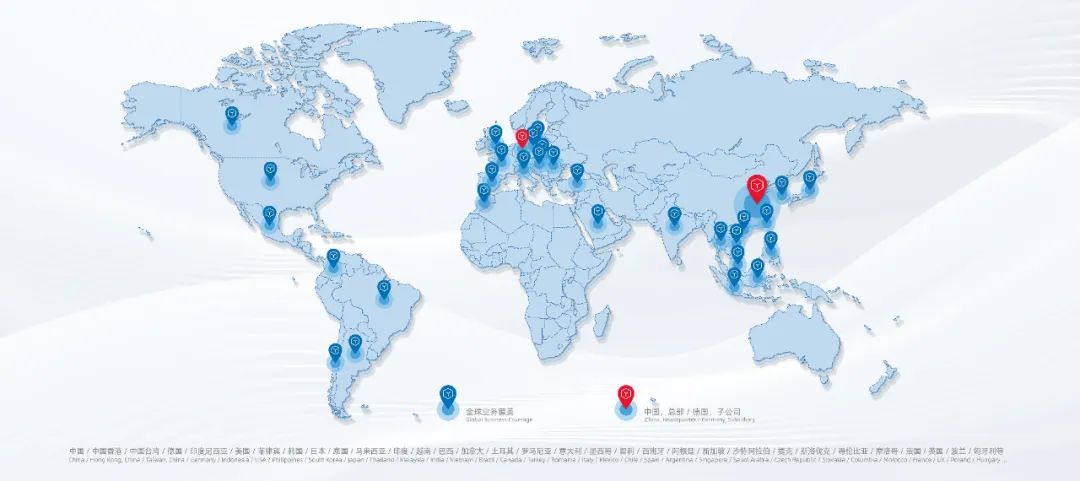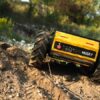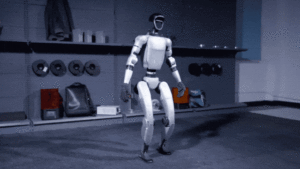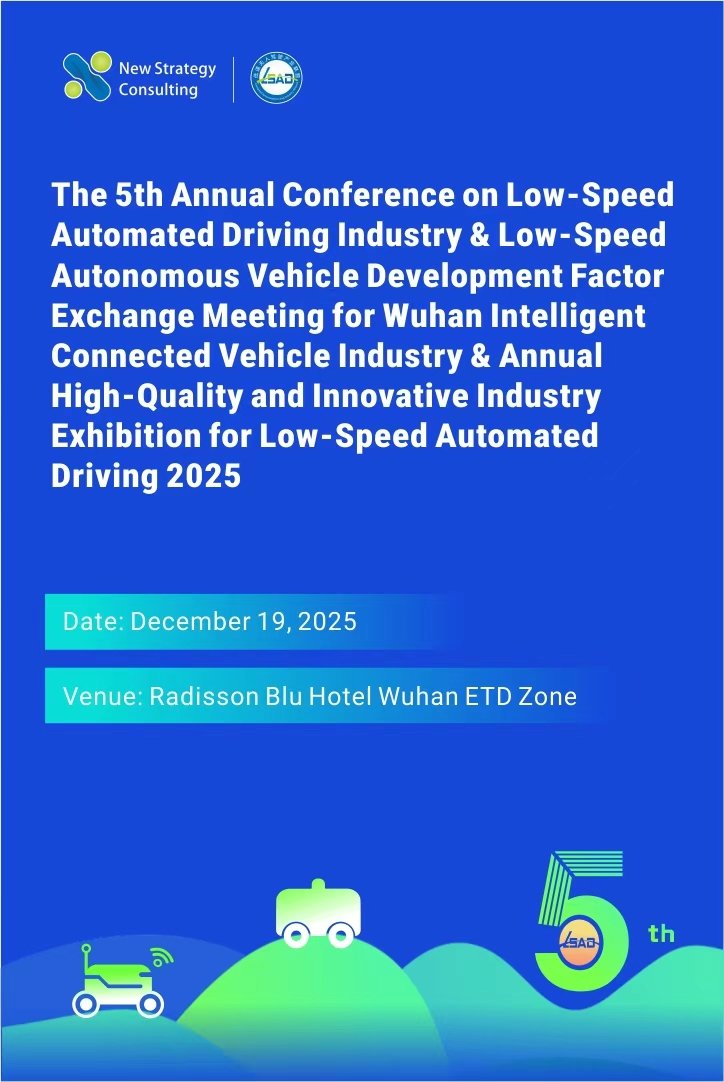At the end of September, during the industrial expo, SEER Robotics unveiled its annual flagship product, the universal intelligent robot controller SRC-5000. They demonstrated the SRC-5000-equipped wheeled humanoid robot, marking their official entry into the field of embodied intelligence.
This year, SEER Robotics upgraded its strategic objective from “lowering the barriers for mobile robots” to “lowering the barriers for intelligent robots.” What prompted this shift? And how is SEER preparing to capture the broader intelligent robotics market? In an exclusive interview, SEER’s VP, Zhang Sui, shared insights on the company’s latest developments with a reporter from Xinzhanlue Media.

All-in-One Manufacturing Solution: Lowering the Barrier to Build Robots
For years, SEER has focused on addressing robot manufacturing challenges with an all-in-one solution centered on SRC robot controllers. “SEER is one of the first ‘tool-driven’ companies providing comprehensive manufacturing tools for mobile robot manufacturers,” Zhang explained. “Previously, we focused deeply on industrial and warehousing applications, but we are now positioned to enter the embodied intelligence sector. Our new slogan signifies our expanding service scope, to encompass the entire intelligent robotics field.”
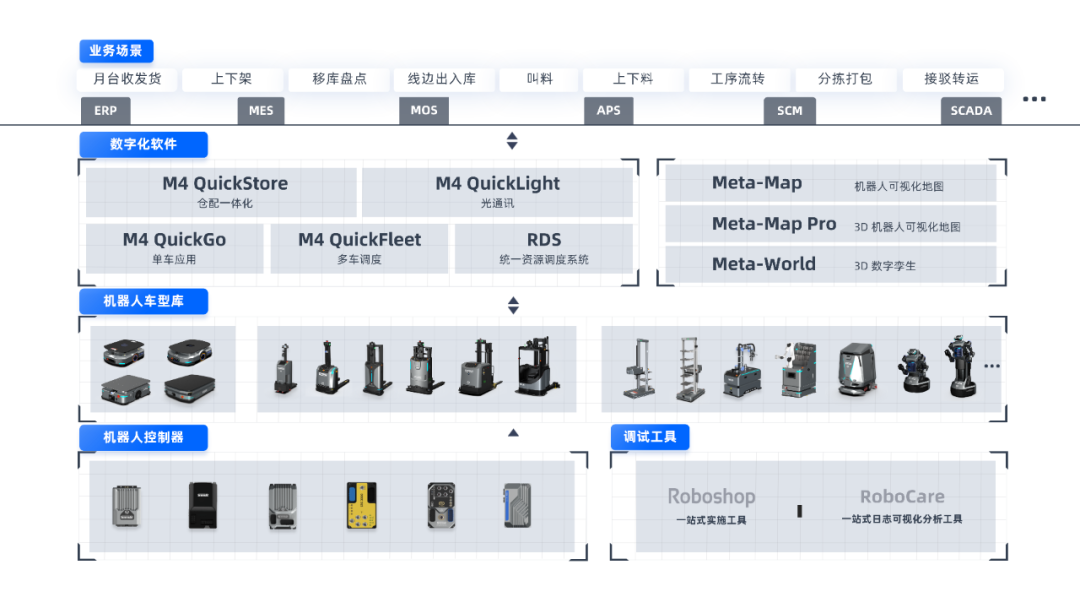
Humanoid robots are often regarded as the ultimate form of embodied intelligence. According to Zhang, SEER believes wheeled humanoid robots are better suited to meet user demands due to their lower cost and greater stability. Leveraging years of experience in robot controller design and applications, SEER developed the SRC-5000 controller, which supports wheeled humanoid robots and provides a complete set of tools for their manufacturing.
Zhang acknowledged the challenges in the development of humanoid robots: “Humanoid robots have vast potential in household services, healthcare, and industrial production, yet many technical hurdles remain. Integrated control, for instance, is a critical issue that needs to be addressed before these robots can truly enter the market.”
As Zhang highlighted, the path to market for humanoid robots is still long, and one major challenge lies in achieving integrated control for all functionalities—head, eyes, hands, and feet. However, composite robots that combine mobility and collaboration capabilities have already seen scaled applications in certain niche areas. These composite robots are notoriously difficult to develop and have a high entry threshold, particularly regarding integrated control technology.
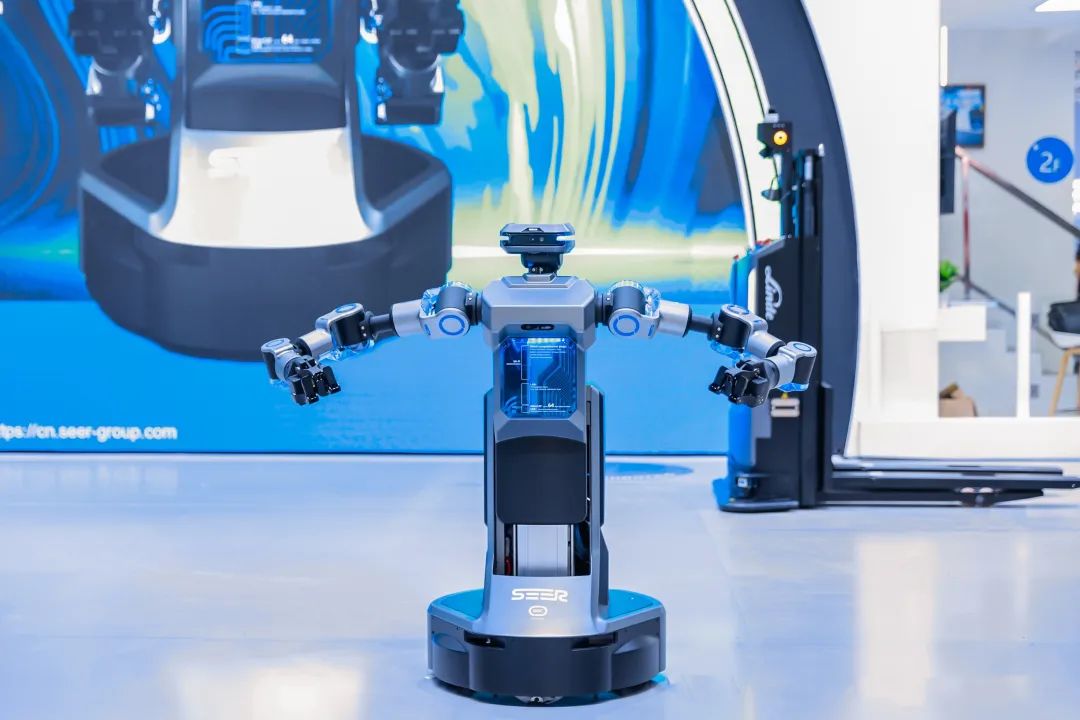
Currently, most composite robots rely on separate control systems for their chassis and robotic arms, which often communicate via external channels with significant information delay, making coordinated control challenging. The independent design and deployment of each system also lead to complex software and hardware systems, high production costs, limited operational stability, and greater complexity in deployment, debugging, and maintenance.
“To address the real challenges our customers face, we developed the SRC-5000,” Zhang noted. “This new controller achieves another level of innovation in performance and applications, overcoming the challenges of highly integrated control. It offers a standard control system for advanced composite robots and wheeled humanoid robots, supporting non-standard applications with ease.”
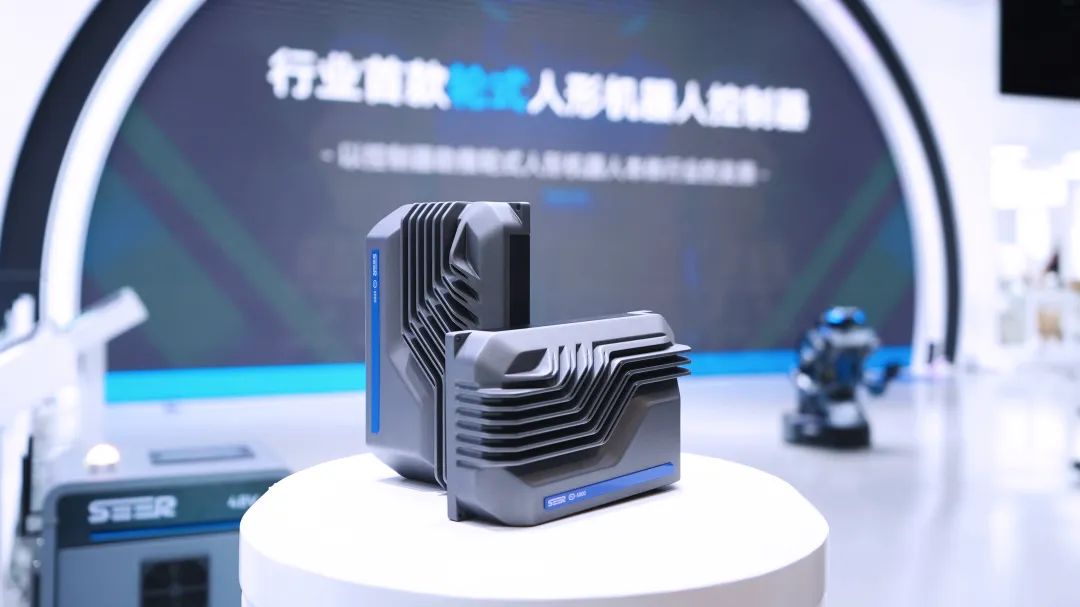
The SRC-5000 employs a novel hardware architecture and a new distributed robot system software, providing ample AI and floating-point computing power for real-time high-precision 3D object recognition. It also comes with a real-time operating system and Time-Sensitive Networking, enabling precise real-time control. Its navigation system has been fully upgraded, supporting VSLAM and advanced laser SLAM hybrid navigation for enhanced versatility. Moreover, the SRC-5000’s AI continually learns and optimizes, becoming smarter and more efficient with use.
Star Cloud Platform: Lowering the Barrier for Selecting Robots
To reduce the time customers spend selecting robots, SEER introduced the world’s first customer-centric cloud selection platform, the Star Cloud Platform.
This platform consolidates various mature vehicle solutions based on SEER’s SRC controllers, including SEER’s standard models and various inspection and parking vehicles. By synthesizing extensive customer application experience, the platform provides guided processes that enable users to quickly find suitable robot solutions, saving substantial time and cost.
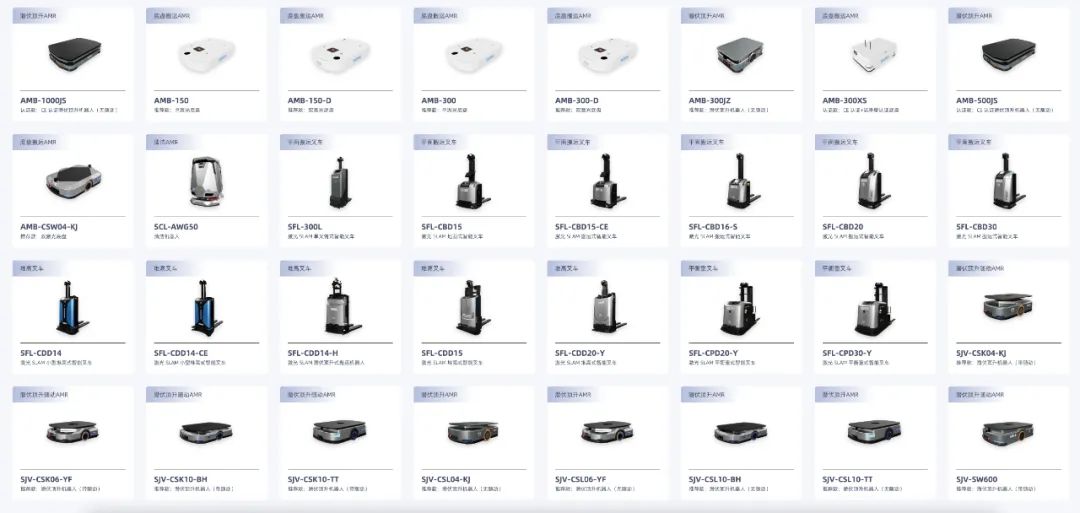
“Through the Star Cloud Platform, customers can more quickly and accurately explore which mature models are available within the SEER control system and which components they can select. It’s akin to a ‘mix-and-match’ game that many of us are familiar with,” Zhang explained.
According to Zhang, “The Star Cloud Platform is currently in the internal testing phase, and in the future, SEER will gradually open it up to integrators and all customers, bringing its benefits to a wider audience.”
Software and Digital Expertise: Lowering the Barrier for Using Robots
“We’ve always emphasized that hardware is driven by software, and this year, we fully upgraded our software, integrating the original scheduling, warehousing, and distribution systems into one M4 system. This allows the software to truly be ‘All in One,’ providing a simpler user experience,” Zhang said, sharing SEER’s approach to digital software upgrades.
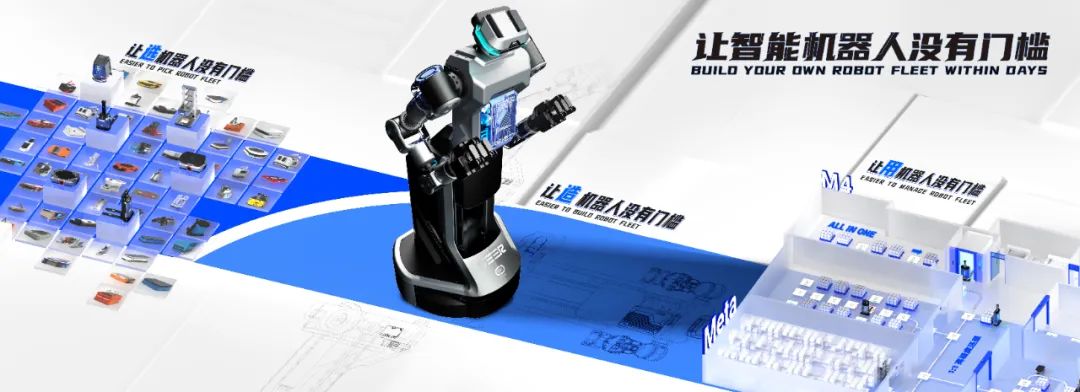
The M4 Intelligent Logistics Management System integrates robots, task management, and material management, focusing on four main application scenarios: multi-robot scheduling without warehouse management, single-robot scheduling without traffic control, integrated warehousing and distribution, and optical communication scenarios. The M4 system’s “All in One” design reduces integration complexity, enabling seamless interfacing with client business systems and centralized control of intelligent devices within factories.

“SEER is not focused on low-price competition. We aim to see if our products can genuinely solve customer problems,” Zhang stated. In transitioning from mobile to intelligent robots, SEER is pushing the boundaries in embodied intelligence by integrating emerging technologies like large AI models, 5G, and 3D visualization. This focus aims to advance the intelligence of robots, stay on the cutting edge, and focus on real-world applications to capture new growth.
“Our layout in intelligent robots underscores our commitment to embodied intelligence. SEER will continue to support the embodied intelligence industry by providing advanced controllers, contributing to the ongoing development of this technology,” Zhang concluded.
